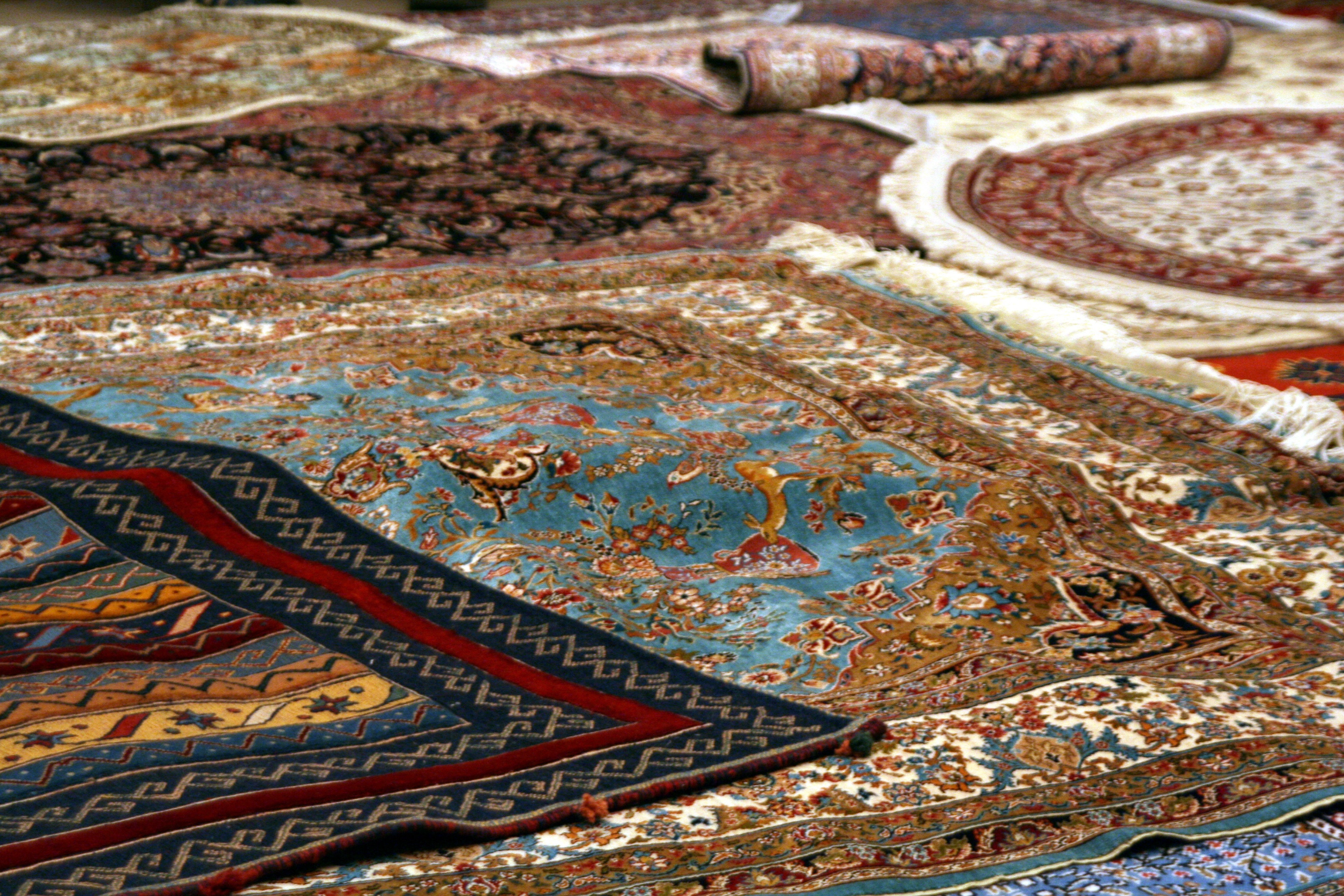Article: Why Hand-Knotted Rugs Are Better for the Environment

Why Hand-Knotted Rugs Are Better for the Environment
When choosing a rug, many people focus on the aesthetic and price, but it's equally important to consider the environmental impact. Hand-knotted rugs offer a sustainable alternative to machine-made rugs—particularly those made from synthetic materials like polypropylene.
1. Sustainable Materials and Practices
Hand-knotted rugs are crafted using natural fibers such as wool, silk, or cotton. These materials are biodegradable and renewable, unlike the synthetic fibers (like polypropylene) used in machine-made rugs. Polypropylene, a form of plastic, is derived from petroleum, making it non-biodegradable and contributing to the growing issue of plastic pollution.
Furthermore, the production of hand-knotted rugs relies on traditional weaving techniques passed down through generations. These methods involve minimal energy consumption, as they do not require large-scale industrial machinery or electricity. By contrast, machine-made rugs are produced in factories that consume vast amounts of energy and resources, contributing to environmental degradation.
2. Longevity and Durability
A well-made hand-knotted rug can last for decades, if not centuries, with proper care. These rugs are known for their intricate craftsmanship and the time-consuming process behind their creation, which can take months or even years depending on the size and complexity of the design. The durability of hand-knotted rugs reduces the need for frequent replacements, decreasing waste and the environmental cost associated with manufacturing new rugs.
In contrast, machine-made rugs, particularly those made of polypropylene, tend to have a shorter lifespan. These synthetic rugs can wear out faster, leading to frequent replacements and contributing to landfill waste. Additionally, polypropylene rugs release microplastics into the environment as they degrade, further harming ecosystems.
3. Lower Chemical Use
Natural fibers like wool have inherent flame resistance and are less prone to staining, reducing the need for harsh chemical treatments. Hand-knotted rugs are often made with natural dyes, which are environmentally friendly and free from harmful toxins. On the other hand, machine-made polypropylene rugs often require chemical treatments to enhance their durability, stain resistance, and colorfastness, introducing more pollutants into the environment.
Key Differences Between Hand-Knotted and Machine-Made Polypropylene Rugs
Understanding the differences between hand-knotted and machine-made polypropylene rugs is essential when considering factors like quality, durability, and environmental impact.
1. Material Composition
- Hand-knotted rugs: Made from natural fibers such as wool, cotton, or silk.
- Machine-made polypropylene rugs: Made from synthetic fibers, specifically polypropylene, which is a plastic.
Hand-knotted rugs are naturally sourced and eco-friendly, while polypropylene is a petroleum-based product, contributing to plastic waste and pollution.
2. Production Process
- Hand-knotted rugs: Crafted by artisans over a long period, with each knot tied by hand. This process can take months to years, depending on the rug's size and complexity.
- Machine-made rugs: Mass-produced using automated machinery. These rugs can be created quickly and in large quantities, reducing costs but also sacrificing quality and craftsmanship.
The traditional, energy-efficient process behind hand-knotted rugs contrasts sharply with the industrial methods used for machine-made polypropylene rugs, which rely on high energy consumption.
3. Durability and Longevity
- Hand-knotted rugs: Known for their durability, these rugs can last for generations with proper care. They often appreciate in value over time.
- Machine-made polypropylene rugs: Have a shorter lifespan, typically lasting a few years before they begin to show signs of wear and tear.
Because hand-knotted rugs last longer, they reduce the need for replacements and therefore generate less waste.
4. Aesthetic Appeal
- Hand-knotted rugs: Each rug is unique due to its handcrafted nature. The attention to detail and use of natural materials result in a one-of-a-kind piece with a rich texture and vibrant colors.
- Machine-made polypropylene rugs: These rugs can mimic the appearance of hand-knotted rugs but lack the same depth and detail. The uniformity of machine-made rugs often gives them a less authentic feel.
5. Environmental Impact
- Hand-knotted rugs: Crafted from sustainable materials and through environmentally friendly processes. They have a lower carbon footprint and do not contribute to plastic pollution.
- Machine-made polypropylene rugs: Derived from non-renewable resources and associated with higher energy consumption and plastic waste, contributing to environmental degradation.
Hand-knotted rugs offer a more environmentally friendly option compared to machine-made polypropylene rugs. Their use of natural materials, long-lasting durability, and minimal environmental impact make them a superior choice for those looking to make eco-conscious home decor decisions. On the other hand, machine-made polypropylene rugs, while more affordable, come with a higher environmental cost due to their synthetic composition and shorter lifespan. Investing in a hand-knotted rug is not only an investment in quality craftsmanship but also a step toward reducing your ecological footprint.

